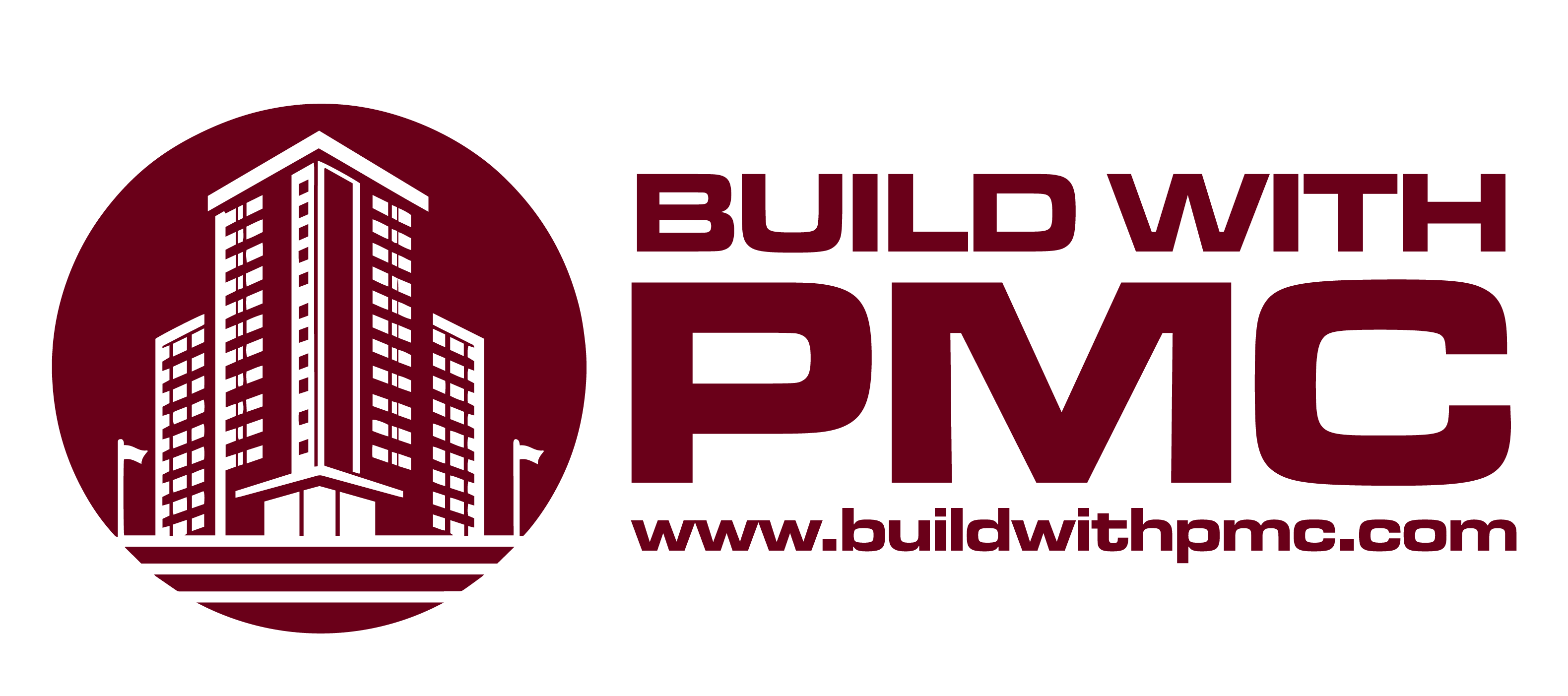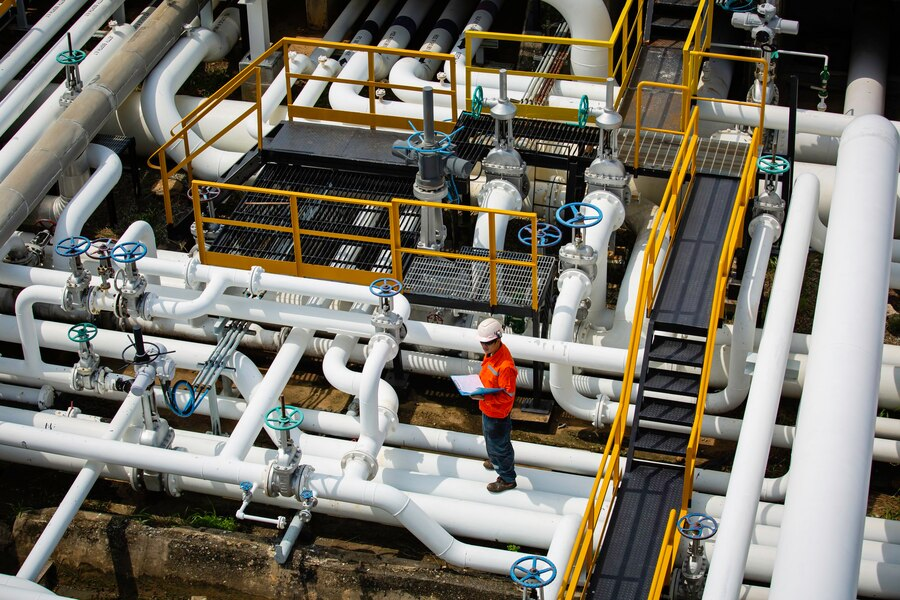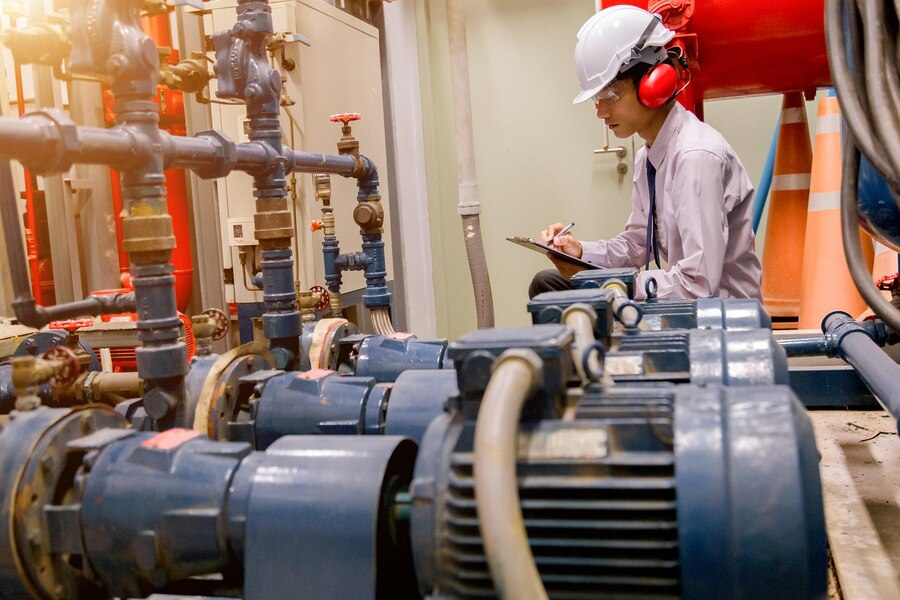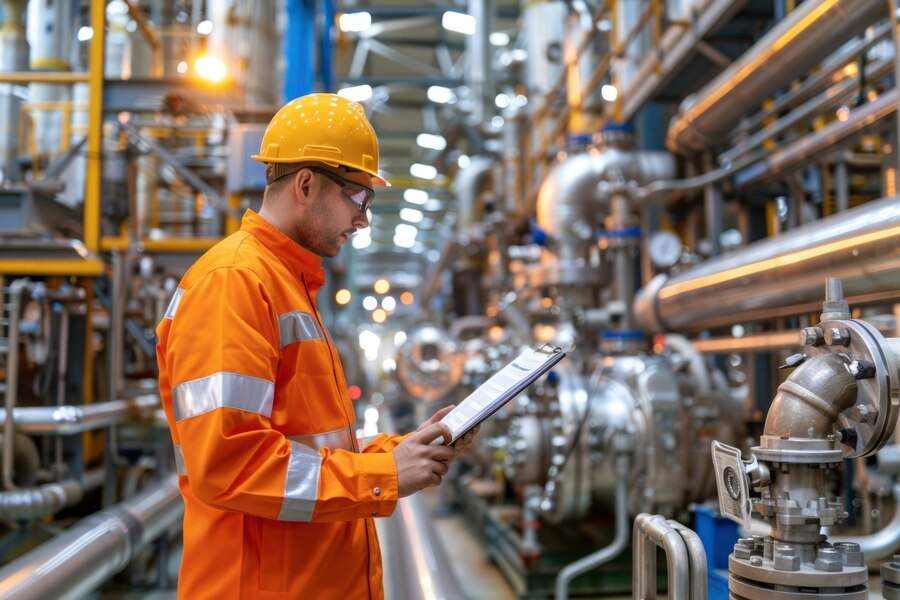When working on commercial concrete installations, safety is essential to ensure a smooth and secure process. Proper personal protective equipment (PPE) like gloves, goggles, and steel-toed boots are a must, along with consistent use of hard hats in active zones. Equipment should be regularly inspected, and site conditions need to be continuously monitored for hazards like uneven surfaces or exposed rebar. Clear communication among team members is crucial, and following OSHA guidelines can prevent accidents, reduce injuries, and keep the job site running efficiently and safely.
Personal Protective Equipment (PPE)
Wearing the right personal protective equipment (PPE) is crucial for safety in commercial concrete installations. Workers should wear gloves, steel-toed boots, and goggles to protect themselves from concrete burns, sharp tools, or falling debris. Hard hats are essential on active construction sites, protecting against head injuries from falling objects. Proper respiratory protection may be needed when handling dry cement or working in areas with poor ventilation. Ensuring all workers are equipped with the correct PPE reduces the risk of injury and promotes a safer working environment.
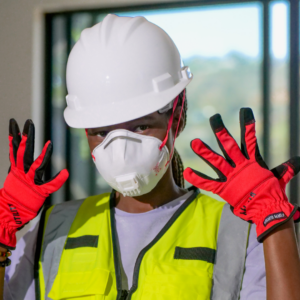
Gloves and Hand Protection
Gloves are a crucial part of personal protective equipment for concrete workers, protecting hands from serious hazards. Concrete can cause chemical burns when in prolonged contact with the skin, and sharp tools or materials can easily cause cuts or abrasions. Wearing durable, waterproof gloves shields workers from direct exposure to wet concrete and any potentially hazardous chemicals. Gloves also provide better grip, reducing the risk of accidents while handling equipment, heavy materials, or working with rebar.
Steel-Toed Boots
Steel-toed boots are essential for protecting workers’ feet from common construction hazards, including falling objects, sharp debris, or heavy materials. They provide extra protection for toes and help prevent crushing injuries from heavy equipment. Boots with slip-resistant soles are also important in preventing falls on wet or uneven surfaces often found on concrete installation sites. By wearing steel-toed boots, workers reduce the risk of foot injuries and ensure better traction and stability while moving around.
Eye Protection
Concrete mixing and pouring can create dust and debris that pose significant risks to workers’ eyes. Wearing safety goggles or face shields is vital to prevent eye injuries from dust, splashes of wet concrete, or chips from breaking materials. Cement dust, in particular, can cause irritation, and if wet concrete splashes into the eyes, it can lead to burns or even permanent damage. Proper eye protection ensures that workers can safely handle concrete without the risk of vision-related injuries.
Hard Hats
Hard hats are non-negotiable on active construction sites, especially during commercial concrete installations. Workers are often exposed to overhead hazards, such as falling tools, materials, or debris. A hard hat provides vital protection against head injuries, which could be severe or even fatal without this gear. Ensuring that all workers wear hard hats at all times helps prevent concussions, skull fractures, and other serious injuries that can occur in dynamic work environments with multiple risks.
Respiratory Protection
Respiratory protection is important for workers handling dry cement or working in enclosed or poorly ventilated areas. Dry cement produces dust that can be harmful when inhaled, leading to respiratory issues or long-term lung damage. In some cases, silica particles found in cement dust can cause silicosis, a serious lung disease. Respirators for dust masks help filter out harmful particles and ensure that workers can breathe safely, minimizing the risk of inhaling dangerous materials.
Site Hazard Awareness
Before starting a commercial concrete installation, conducting a thorough site inspection is vital to identify potential hazards. Uneven surfaces, loose debris, and exposed rebar can present significant risks if left unaddressed. Regular site checks throughout the project help to catch new hazards as they arise. It’s important to communicate any findings to all workers to maintain high awareness. This practice ensures a safer work area by preventing slips, trips, and falls, as well as avoiding accidents caused by unmarked hazards.
Proper Equipment Handling
Safe handling of heavy equipment and concrete mixing tools is essential to avoid accidents. Workers should be trained to operate machinery like concrete pumps, mixers, and vibrators properly. Regular equipment inspections ensure everything is functioning correctly, preventing malfunctions that could lead to injury. Equipment should always be turned off when not in use, and heavy machinery should only be operated by qualified personnel. Safe handling practices not only protect workers but also help avoid costly delays and equipment damage.
Concrete Mix Safety
Handling concrete mixes can be dangerous if proper precautions aren’t taken. Dry cement dust can irritate eyes, lungs, and skin, making it important to mix in well-ventilated areas and wear protective gear. Wet concrete can cause chemical burns if it comes into prolonged contact with skin, so workers should always wear waterproof gloves and boots. Immediate washing of any skin exposed to wet concrete helps prevent burns. Following safety protocols while mixing and handling concrete protects workers from chemical exposure and injuries.
Heavy Lifting and Material Handling
Lifting heavy materials such as concrete blocks or bags of cement presents a major risk for back injuries and strains. Workers should be trained on proper lifting techniques, such as bending at the knees and using leg muscles to avoid placing strain on the back. In cases where the load is too heavy, it’s essential to use mechanical aids like forklifts or collaborate with team members for lifting. Proper material handling reduces injury risk and enhances productivity on the worksite.
Environmental Safety Considerations
Environmental factors play a significant role in concrete installation safety. Extreme weather conditions, such as high heat or cold, can affect both the workers and the concrete itself. Workers should stay hydrated and take breaks in hot weather to prevent heat exhaustion. In colder temperatures, proper clothing and heated shelters help prevent cold-related illnesses. Concrete can behave differently in extreme temperatures, so adjustments to the mix or curing times may be necessary to maintain its integrity and ensure safe working conditions.
Safe Scaffolding and Ladder Use
Proper scaffolding and ladder safety are critical in commercial concrete installations, especially when working at heights. Scaffolds should be constructed by qualified personnel and inspected daily for stability. Workers should always wear fall protection gear, such as harnesses, when working at height. Ladders should be placed on stable ground, secured properly, and used according to manufacturer guidelines. Unsafe scaffolding or improper ladder use can result in serious injuries, so maintaining strict adherence to safety standards is non-negotiable.
Effective Communication and Safety Training
Clear communication is essential for maintaining a safe work environment on commercial concrete projects. Regular safety meetings and briefings help workers stay informed of potential hazards, changes in site conditions, or updates to safety protocols. All workers should be trained in emergency procedures, first aid, and the proper use of equipment. A culture of open communication encourages workers to report unsafe conditions or near misses, allowing for immediate action and preventing future accidents. This helps build a proactive safety culture.
Conclusion
Adhering to safety standards in commercial concrete installations is essential for ensuring the durability of structures and the safety of workers and the public. By implementing best practices and following regulatory guidelines, businesses can mitigate risks associated with concrete work, leading to successful project outcomes. At PMC INC, we prioritize safety and quality in every project, providing reliable concrete solutions throughout Southern California.
If you have any questions about our services or would like to discuss your concrete installation needs, please don’t hesitate to contact us. Reach out to PMC INC at **562-905-3101**. We look forward to assisting you!
